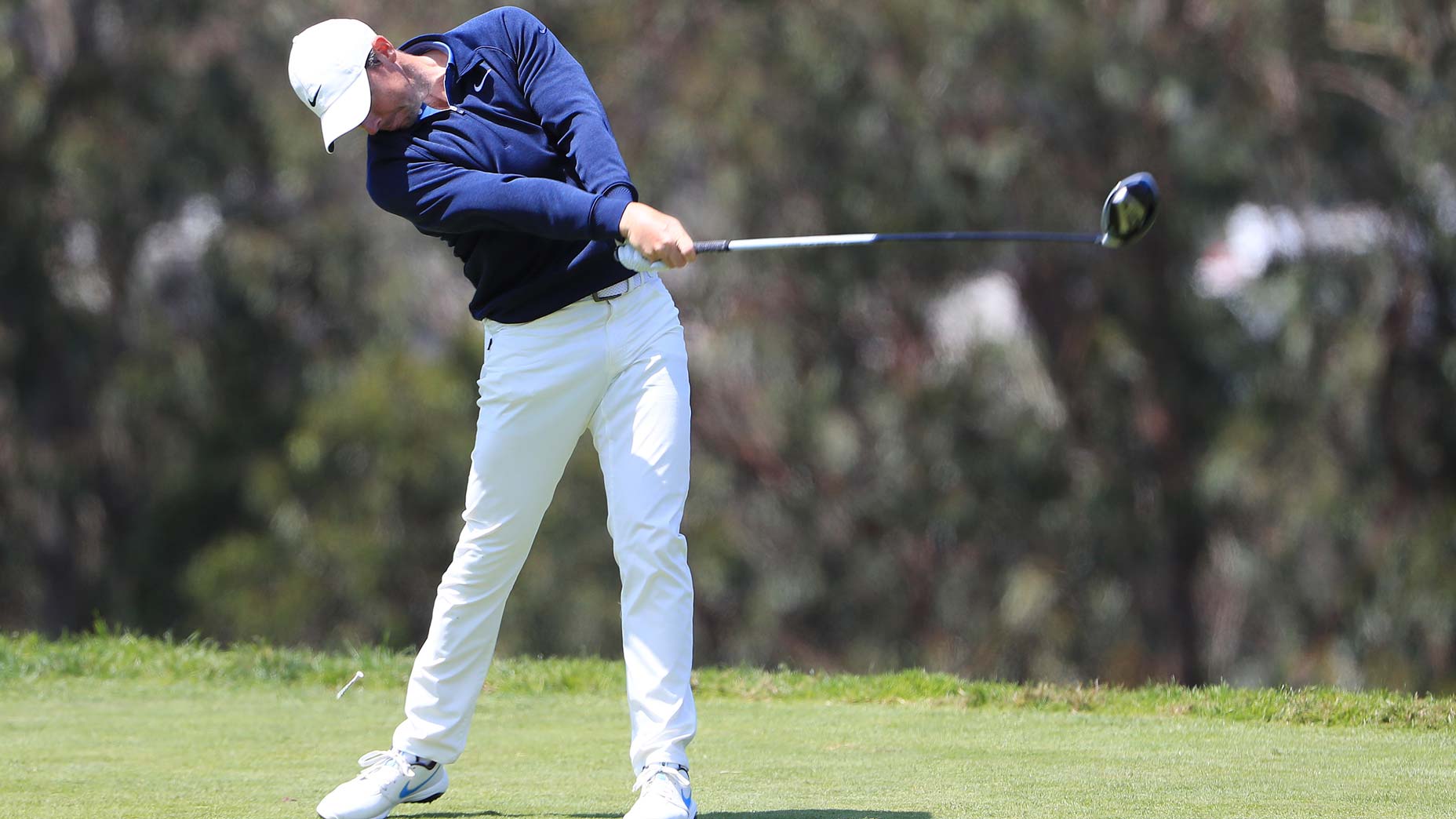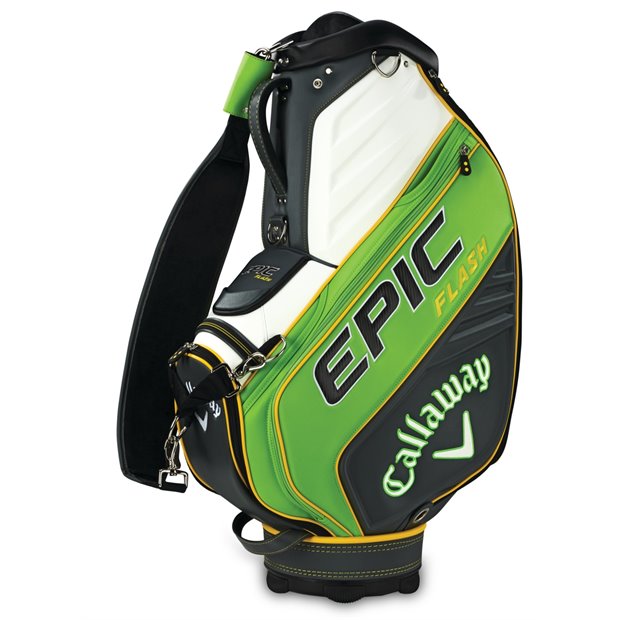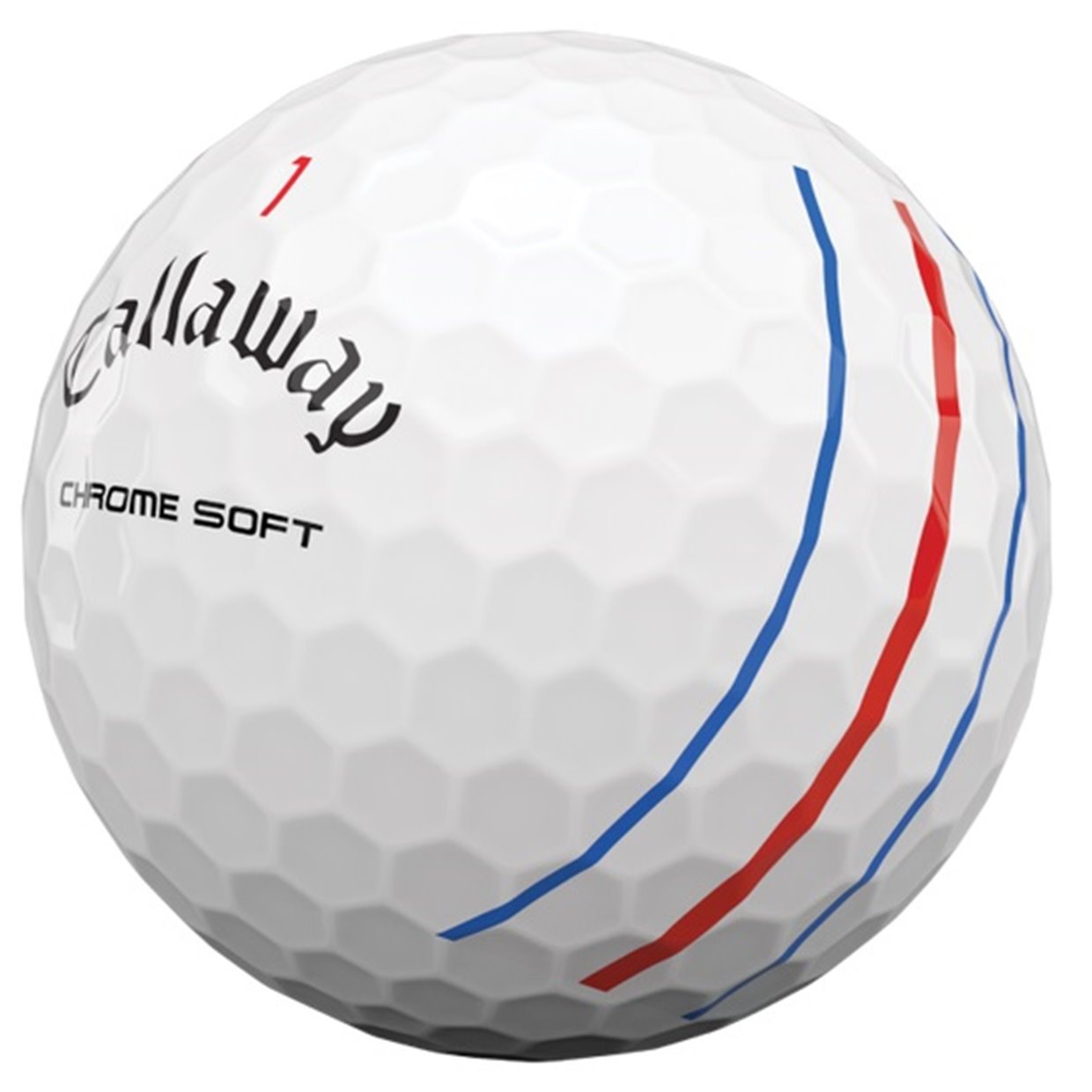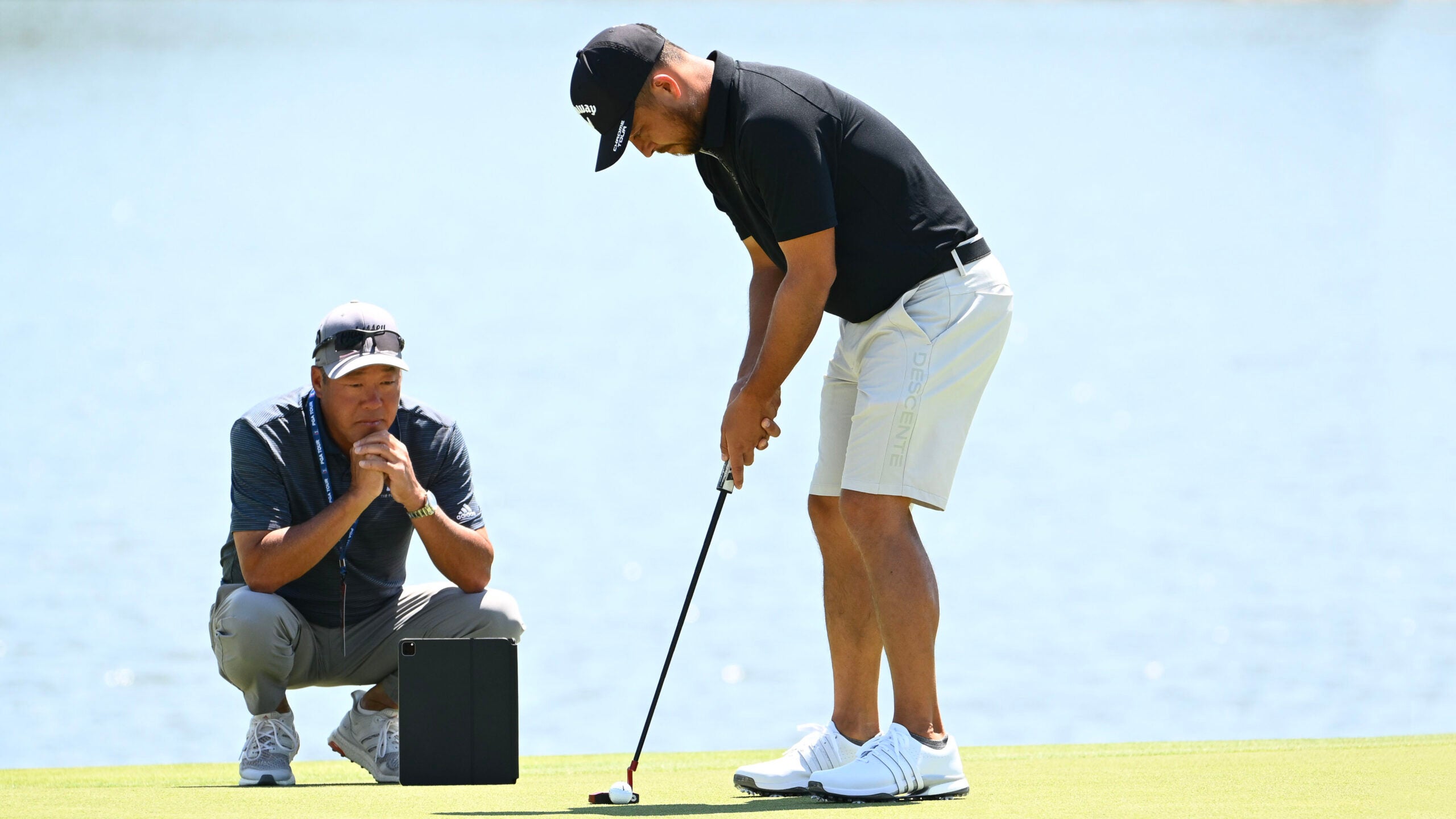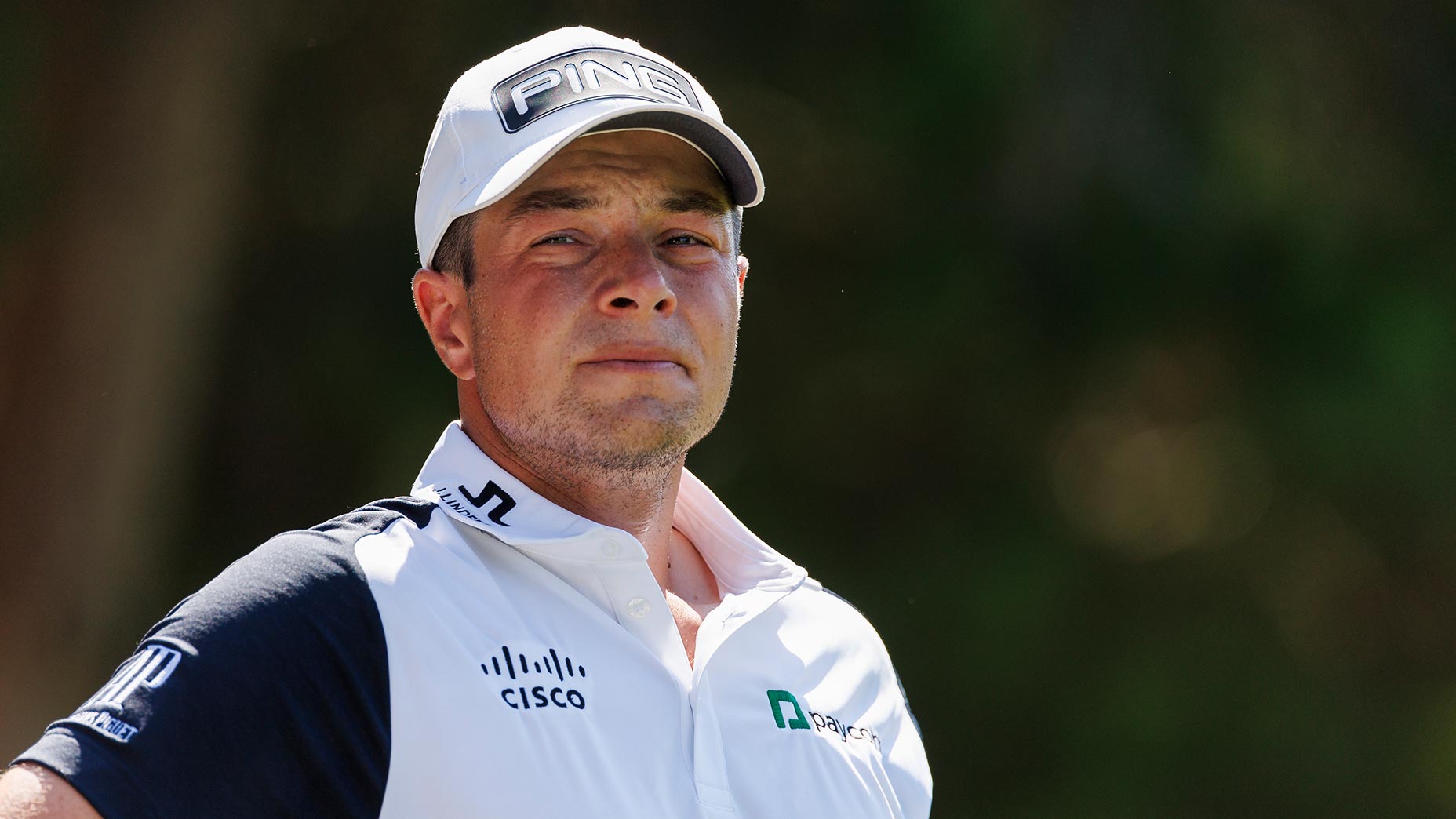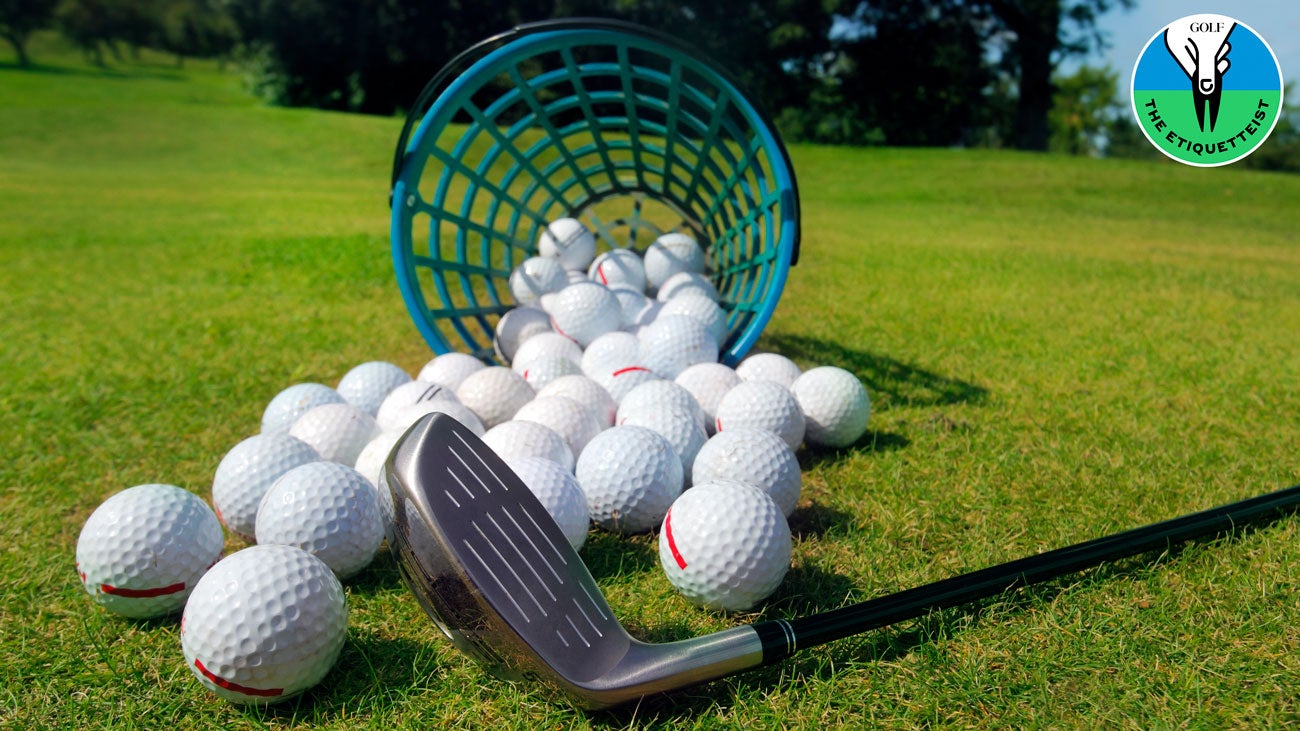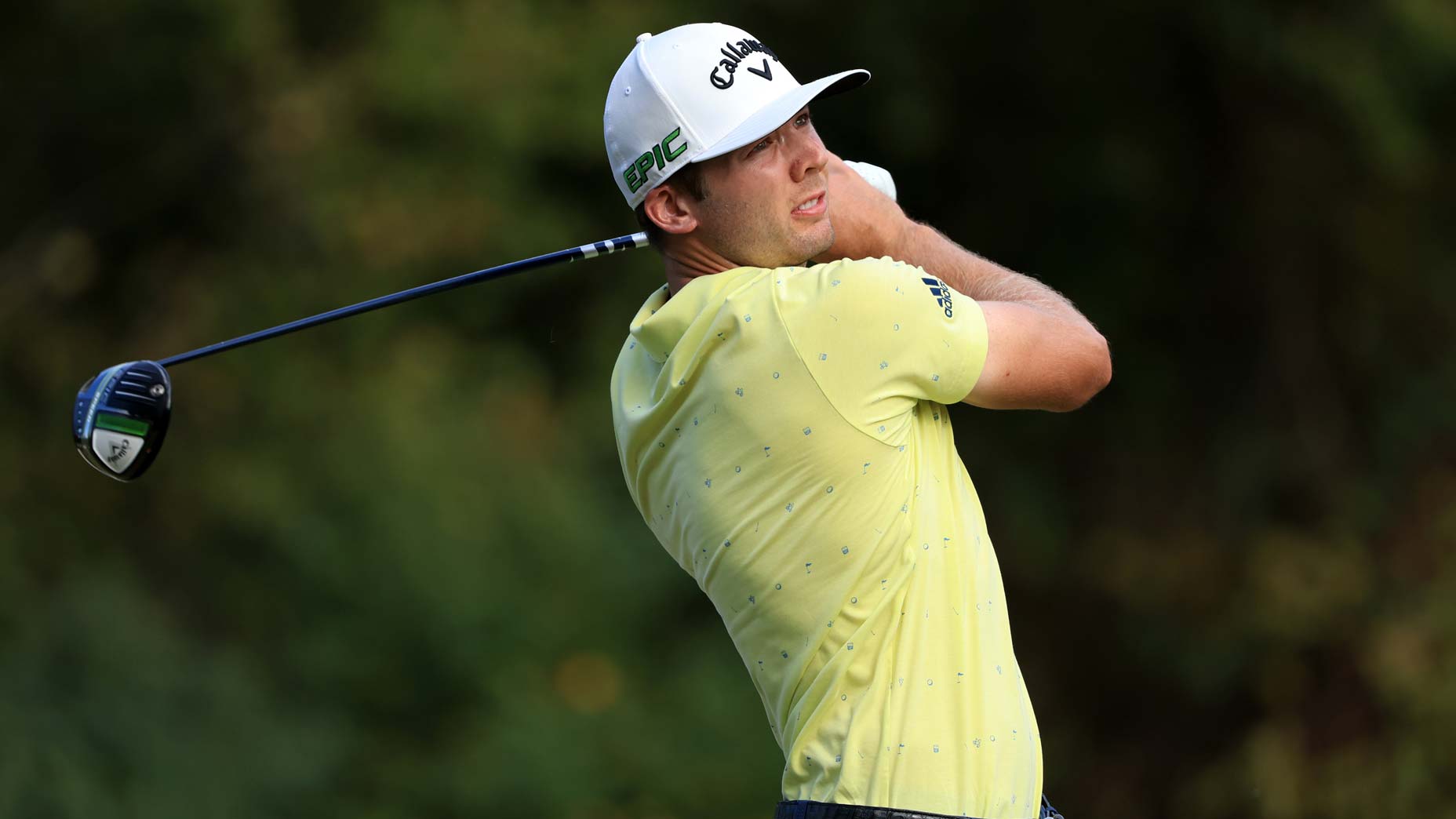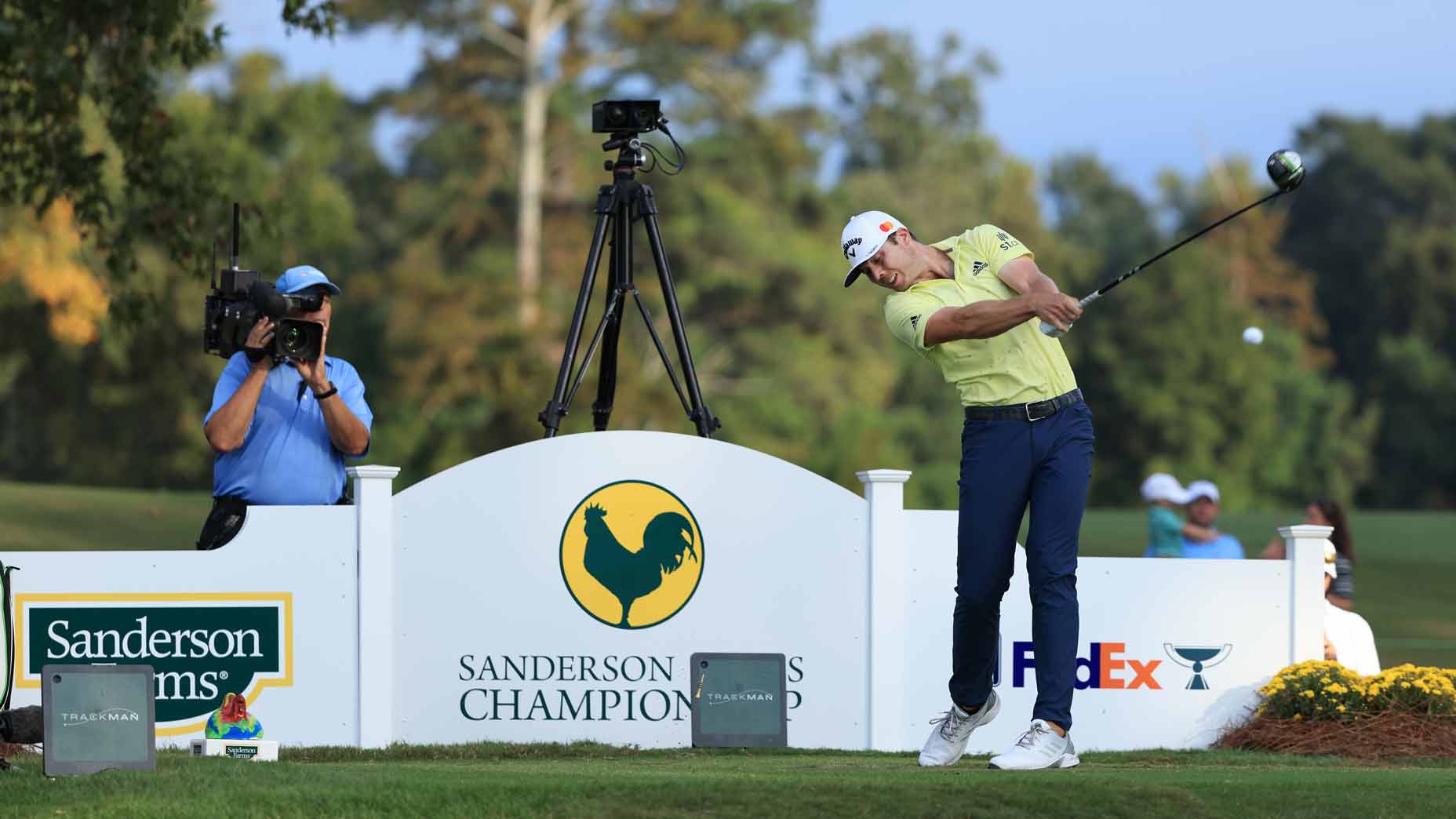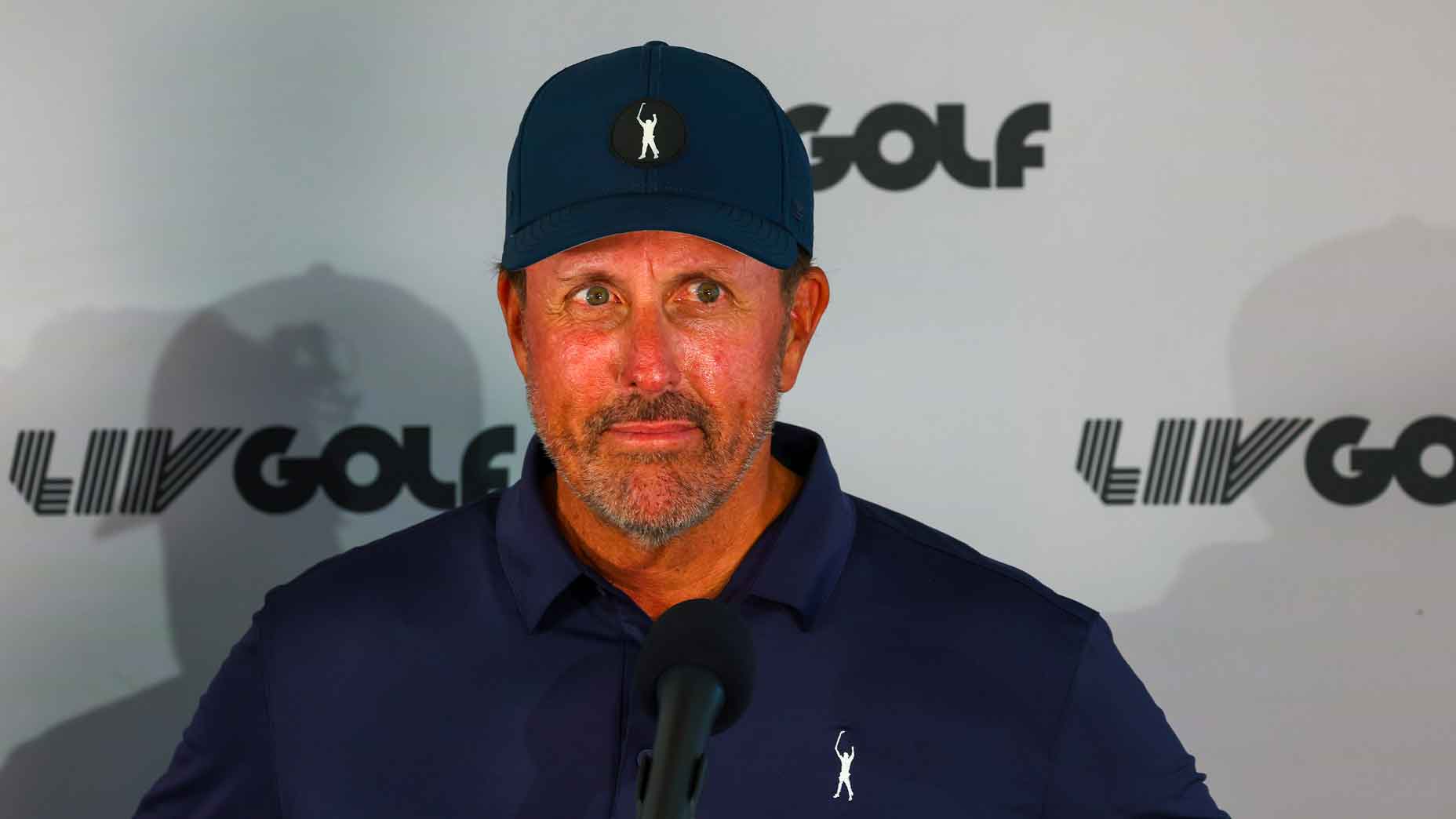Phil Mickelson unpacks fascinating difference between Champions Tour and PGA Tour
- Share on Facebook
- Share on Twitter
- Share by Email

Phil Mickelson explained the differences between setups on the Champions Tour and PGA Tour.
Getty Images
Phil Mickelson has looked at professional golf from both sides now.
Three weeks ago, Lefty was teeing it up in the first round of the PGA Tour’s FedEx Cup Playoffs. He missed the cut in Boston and was eliminated, ending his season.
Two weeks ago, Mickelson made his debut on the PGA Tour Champions. He torched Ozarks National with an opening 61, shot 22 under for the three-day event (tying the tour’s record) and won by four.
Mickelson is back on the PGA Tour for this week’s Safeway Open, the first event of the new season, where he opened with a one-under 71. After the round, he was asked: What’s the biggest difference between the two tours? His answer included some fascinating insight into a typical PGA Tour setup.
You should always hit driver, except in these 4 situationsBy: Dylan Dethier
“Well, I mean, the biggest difference are the pin placements that we see,” Mickelson said. “The ones out here [on the PGA Tour], they’re always put on a little bit of a knob or a crown or something where you’ve got to be defensive or the ball will run five or six feet by, whether it’s a chip or a putt. Whereas on the Champions Tour they’re like normal pins that we used to have in the ’90s and early 2000s so you feel like you can be a little bit more aggressive.”
We’ve heard Tour pros talk plenty about these nuances of course setup before, but Mickelson is in a unique position to comment on 1. The way PGA Tour setups are now, 2. The way Champions Tour setups are now and 3. The way PGA Tour setups used to be. His comments serve as a reminder that professional golfers, like athletes in every sport, are continuing to get significantly better. In order to keep scores reasonable, Tour setups aren’t just getting longer — they’re getting harder, everywhere. Tee to green.
“In every Tour event they’re set up to prevent the scores from going too low. They’re always in little tricky spots. Even though if it doesn’t show on TV, there’s always deflection going on,” Mickelson said. “On the Champions Tour there wasn’t any of that, which was fun for me to play every hole aggressive and attack.”
Mickelson has shown in recent events that he still has the game to contend on either tour; he finished T2 at the WGC-FedEx St. Jude in early August for his second top-3 finish of the PGA Tour season (the other came in a third-place finish at Pebble Beach). But can he contend better on some Tour setups than others? Probably. On Thursday, he hit just five fairways at the Safeway Open, serving as a reminder that Mickelson’s driver could still use a bit of straightening.
That driver, Mickelson’s playing form and his general ethos about golf course difficulty are all going to collide next week at Winged Foot for what promises to be an absolutely brutish U.S. Open test. The event remains the white whale for Mickelson, a six-time runner up.
“Yeah, I’ve certainly been thinking about it a lot,” he admitted. “But I’ve got to play well, right? So I’ve got to play well this week to get a little bit of momentum and confidence heading into next week.”
Mickelson is 50 now, but that doesn’t mean he’s slowing down. After all, managing a second tour schedule can’t make things any easier. Winning, though, still takes care of just about everything — no matter what the pin placements look like.
Want to gear up like Phil Mickelson?
Latest In News

Dylan Dethier
Golf.com Editor
Dylan Dethier is a senior writer for GOLF Magazine/GOLF.com. The Williamstown, Mass. native joined GOLF in 2017 after two years scuffling on the mini-tours. Dethier is a graduate of Williams College, where he majored in English, and he’s the author of 18 in America, which details the year he spent as an 18-year-old living from his car and playing a round of golf in every state.

